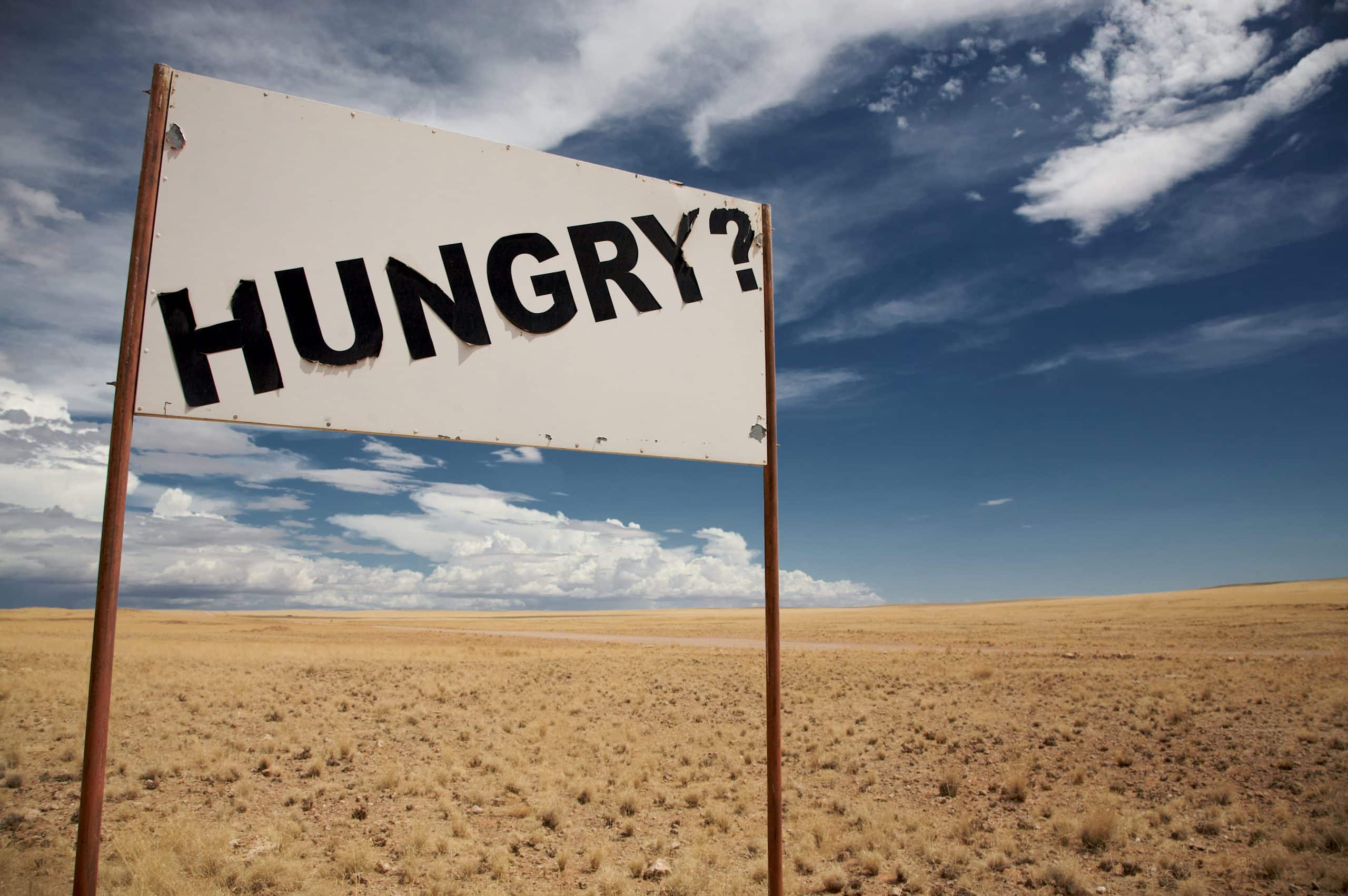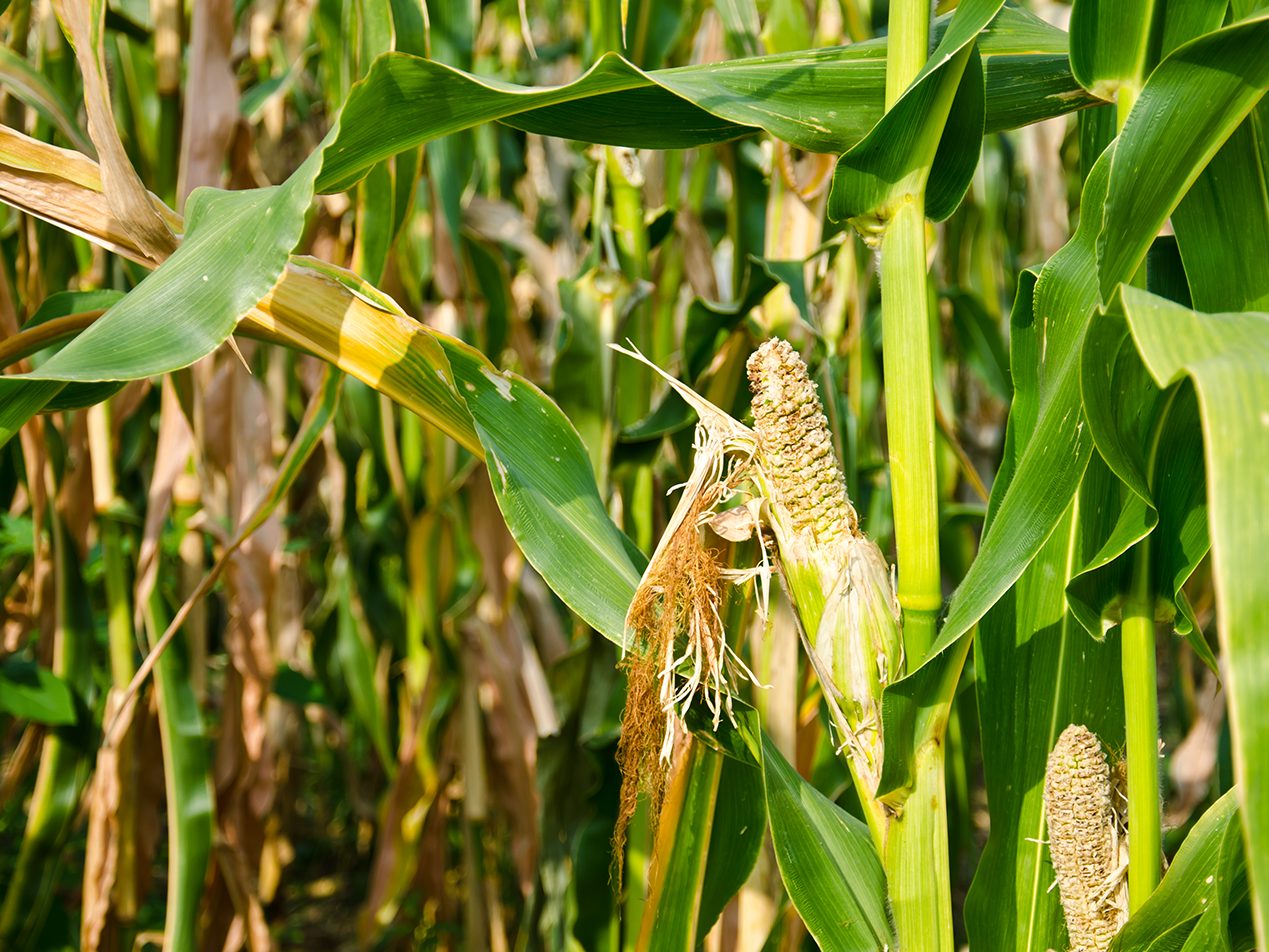
Definition
Food deserts are defined by the U.S. Department of Agriculture ( USDA) as areas which have limited access to supermarkets, supercenters, grocery stores, or other sources of healthy and affordable food. The designation considers the type and quality of food available to the population, in addition to the accessibility of the food through the size and proximity of the food stores. Food deserts lack suppliers of fresh protein sources such as poultry, fish and meat, along with fresh fruit and vegetables, instead, relying on convenience stores, which provide processed and sugar- and fat-laden foods, which are known contributors to the United States' obesity epidemic. In 2010, the USDA reported that 23.5 million Americans live in food deserts, meaning that they live more than one mile from a supermarket in urban or suburban areas, and more than 10 miles from a supermarket in rural areas.
Characteristics of food deserts
A 2012 USDA Economic Research Service study found that:- Both urban and rural areas with higher levels of poverty are more likely to be food deserts, but rural areas experiencing population growth are less likely to be food deserts.
- The association with food desert status varies across urban and rural areas in regards to vehicle availability and use of public transportation.
- Minority status and poverty are more prevalent in areas with limited access to healthy and affordable food.
- Low-income tracts in the Northeast are less vulnerable to access problems than low-income tracts in other regions of the country.
Overall the study determined that concentrated poverty and minority populations are the most critical factors in determining low access to healthy food. These populations are also more likely to have poor access to health care and fitness facilities, and limited access to nourishing food may compound the effects of this deprivation. Twenty percent of rural areas in the U.S. are classified as food deserts as reported by PolicyLink. According to the USDA, they are mostly in the Midwest where approximately 2.4 million individuals have low access to a large supermarket. Social Science Medicine reports that food deserts also occur in poor urban areas when there is limited or no access to healthful, affordable food options. Low income families tend to be the most negatively affected because they do not have the means to travel to better food options. Based on the 2013 County Health Ratings data, residents who live in rural U.S. food deserts are more likely to have poorer health than those who live in urban food deserts.
Food desert map
Use the USDA's Food Access Research Atlas to:- Create a map of food access indicators by census tract.
- Compare food access measures based on 2015 data with previous 2010 measures.
- View indicators of food access for selected subpopulations.
Related Items:
- Food Insecurity
- Secure Email Marketing for Population Health
- Secure Patient Outreach via HIPAA Compliant Email Marketing
- Patient Engagement and HIPAA Compliance: What You Need to Know
Subscribe to Paubox Weekly
Every Friday we'll bring you the most important news from Paubox. Our aim is to make you smarter, faster.



